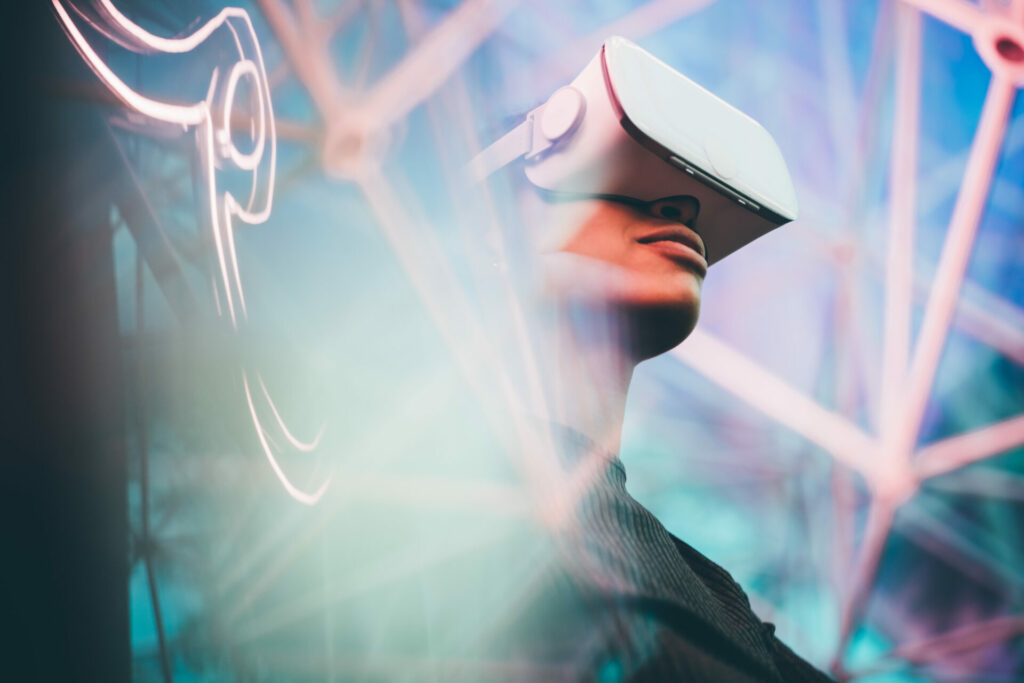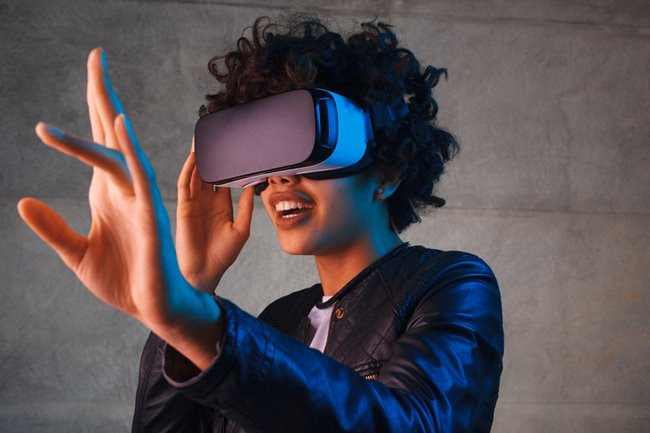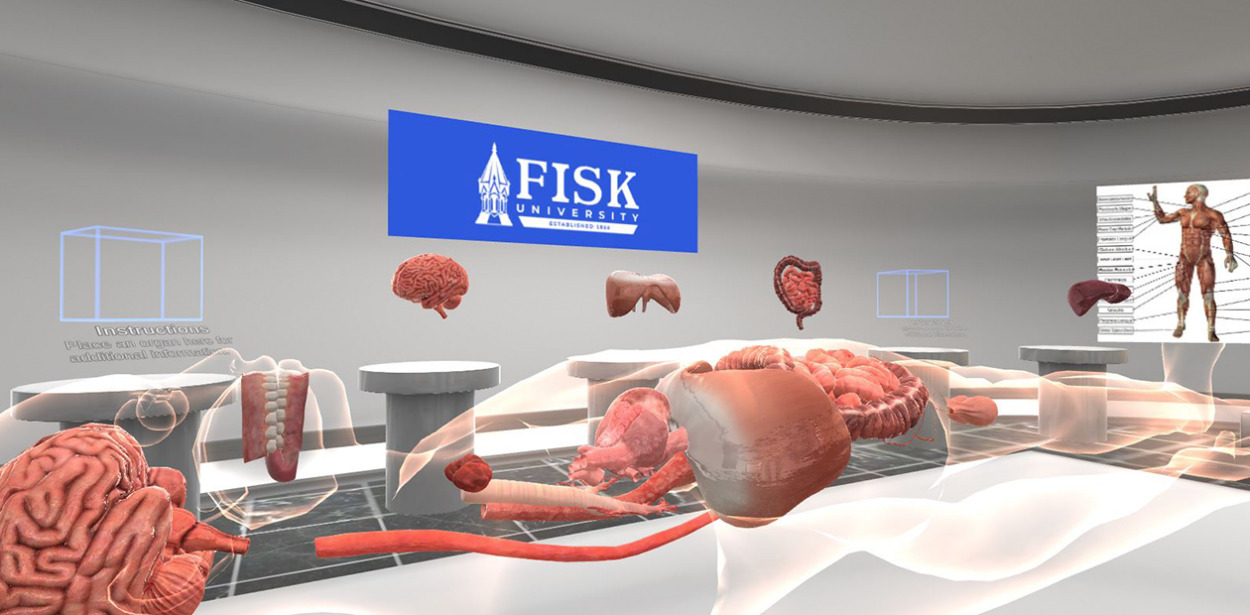Virtual Cadaver Lab
VictoryXR
Human Cadaver Lab
Overview
Lesson Sequence
- Review class objectives
- Hypothesize patient digestive issues
- Students gather around patient on gurney and offer ideas
- Show video clip of human digestive system
- Discuss each digestive system organ
- Teacher distributes organs to student pairs, one at a time
- discusses structure and function of each organ
- Assemble digestive organs within human cadaver
- Students are paired; organs are set next to cadaver in random order 6. Take field trip to synthetic cadaver lab
- Debrief lesson and assign homework
Join the VR Revolution.
Want to teach your class in virtual reality? We’ll show you everything.
Sign up for our professional development program to gain tools and resources that will help you develop and administer exciting class sessions.

Lab Details
Media Support
- Classroom Space
- CSS1 Cadaver Lab
- Virtual Field Trips & Lab Demonstrations
- FT-S-15 Comparative Anatomy
- FT-S-37 Anatomizing
- 2D Videos
- VD-S-111 Human Digestion
- 3D Objects
- OB-S-32 Human Cadaver Shell
- OB-S-14 Oral cavity
- OB-S-20 Esophagus
- OB-S-22 Stomach
- OB-S-23 Small intestine
- OB-S-24 Large Intestine
Suggested Ancillary Support
Create slides, sticky notes, and more with the following prompts related to this lesson.
- Lesson Objectives
- Describe the overall functions of the digestive system
- Differentiate between the organs of the alimentary canal
- Observe the anatomy of digestive organs
- Assemble the digestive tract
- Discussion & Vocabulary
- Alimentary Canal: organs that food moves through
- Accessory Organs: liver, gallbladder, pancreas
- Oral Cavity (teeth & tongue)
- Saliva softens food
- Mechanically grind up food
- Adults have 32 teeth?
- Incisors, canines, premolars, molars
- Top of tongue covered by papillae
- Taste buds: sweet, sour, salty, bitter, umami
- Involved in chewing, swallowing, tasting, speaking
- Esophagus
- Sphincter valve prevents backflow
- Connects pharynx to stomach
- Moves food through peristalsis
- Stomach
- Gastric juices begin chemical digestion
- Mucus protects it from its own acidity
- Mechanically churns food
- Small Intestine
- Longest portion; averages 6-7 meters in length
- Duodenum, jejunum, ileum
- Completes chemical digestion
- All nutrient absorption occurs here
- Large Intestine
- Feces compaction
- Water and electrolyte reabsorption
- Referred to as the colon
- Ascending, transverse, descending, sigmoid colons
- Averages 1.5 meters in length
Let's Work Together, Today.
Love what you’re seeing? Join VictoryXR in building the future of education worldwide!
VictoryXR is leading the revolution in VR/AR education solutions and we’d love to work with you if you’re as passionate as we are.

// Human Cadaver Lab
Cost Breakdown

Setup Training and Installation:
$15,000
Annual fee after first year:
$5,000
(This includes all updates, annual training for professors and 20 licenses)








